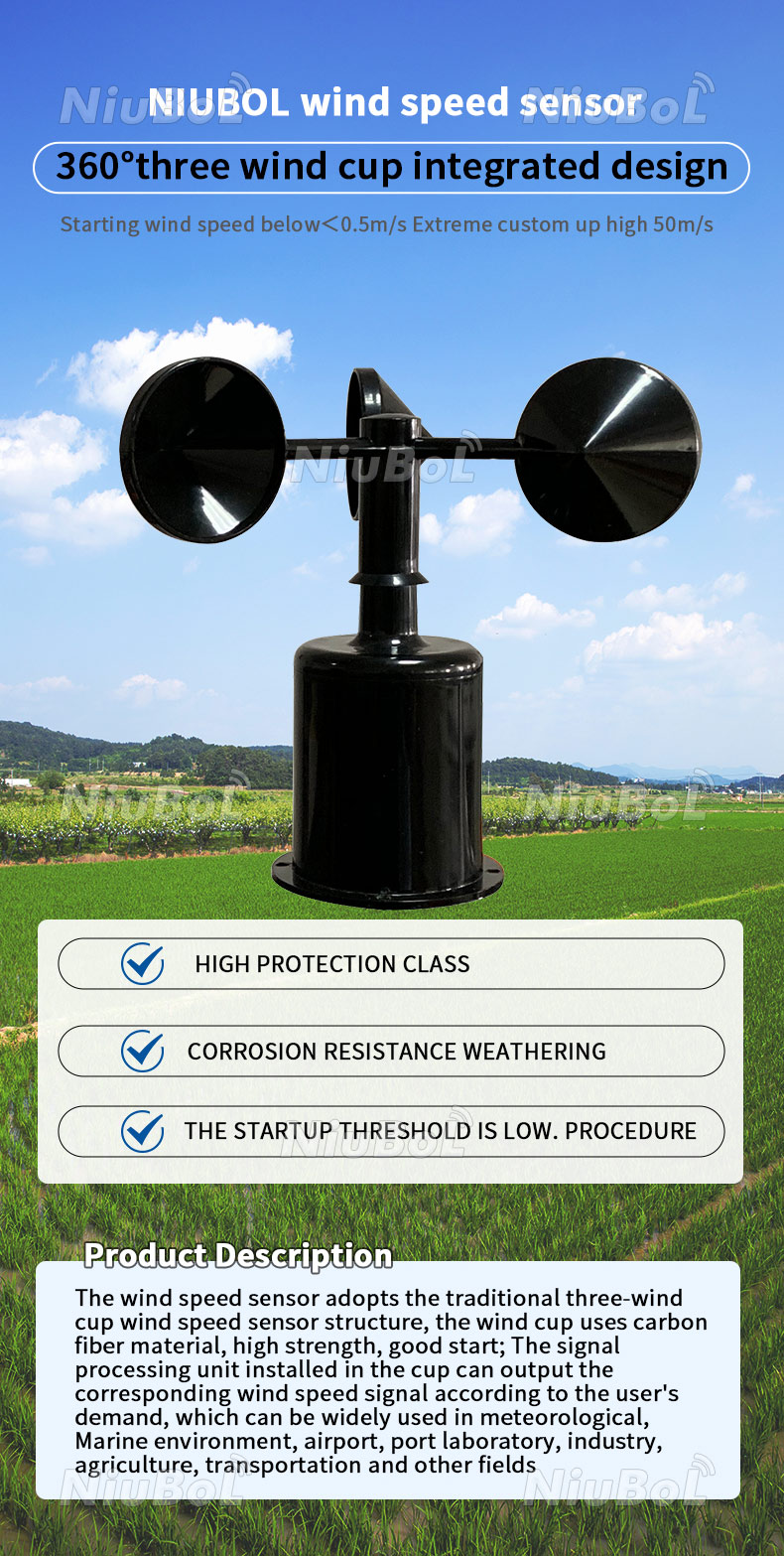Top Attributes to Look for in an Efficient Anemometer for Accurate Wind Measurement
Top Attributes to Look for in an Efficient Anemometer for Accurate Wind Measurement
Blog Article
Exploring the Features and Advantages of Anemometers for Climate Fanatics and Specialists
Anemometers stand as instrumental devices in the world of climate surveillance, providing to both lovers and experienced experts alike. These devices offer a home window into the vibrant globe of wind patterns and speeds, supplying vital information for meteorological evaluation and projecting. From mug anemometers to sonic anemometers, each kind brings its special set of advantages and applications, losing light on different elements of atmospheric problems. As we dig into the functions and advantages of anemometers, a deeper understanding emerges not just of prevailing weather sensations however likewise of the broader effects for sectors like wind energy production and ecological research study.
Relevance of Anemometers in Climate Tracking
Anemometers play an essential function in weather monitoring by offering precise dimensions of wind rate, assisting in projecting and understanding climate patterns. These tools, varying from traditional cup anemometers to modern ultrasonic anemometers, are vital for meteorologists, researchers, and weather condition lovers alike.

Kinds Of Anemometers and Their Applications
The most usual types of anemometers consist of cup anemometers, vane anemometers, hot-wire anemometers, and ultrasonic anemometers. Mug anemometers consist of 3 or four cups placed on horizontal arms that revolve with the wind, determining its rate. Vane anemometers, on the other hand, make use of a freely turning vane to align with the wind instructions, providing both wind speed and instructions measurements.
Each kind of anemometer has its unique advantages and applications. Mug anemometers are robust and appropriate for basic weather tracking, while vane anemometers are preferred for directional measurements. Hot-wire anemometers are sensitive to reduced air velocities, making them suitable for interior settings. Ultrasonic anemometers are non-intrusive and supply high precision, typically used in research study and specialized weather condition monitoring applications. Comprehending the characteristics and applications of each sort of anemometer is vital for selecting the most proper tool for specific weather keeping an eye on demands.
Advantages of Utilizing Anemometers in Forecasting
In weather forecasting, the use of anemometers supplies important benefits for enhancing the accuracy of weather forecasting. Anemometers measure wind speed and instructions, giving critical information for anticipating weather condition patterns. By incorporating wind data right into projecting models, meteorologists can better recognize the motion of weather condition systems, anticipate modifications in atmospheric problems, and problem much more precise projections.
Additionally, anemometers play a crucial role in assessing possible weather condition hazards. Monitoring wind rates helps forecasters forecast serious weather occasions such as typhoons, hurricanes, and wintertime storms with better accuracy. This very early warning system makes it possible for authorities to provide prompt informs and implement essential precaution, minimizing the risks to life and building.
Furthermore, anemometers aid in enhancing eco-friendly energy manufacturing. By analyzing wind patterns, meteorologists can determine ideal locations for wind ranches and predict energy result, adding to the effective generation of wind power.

Anemometers in Wind Energy Production
Provided the essential role anemometers play in offering precise wind information for climate projecting and hazard assessment, their importance encompasses the world of wind power manufacturing. Anemometers are important instruments in the field of wind energy, where the measurement of wind speed and direction is vital for determining the expediency and efficiency of wind turbine installations. By precisely determining wind speeds at differing heights, anemometers assist enhance the placement and style of wind turbines to make best use of power result.
In wind ranches, anemometers are purposefully put to gather real-time wind data that is utilized to evaluate the find this potential energy production of a website. This data contributes in determining the financial viability of wind power tasks and in projecting energy generation to guarantee grid stability. Additionally, anemometers help in checking wind problems to enhance turbine efficiency, protect against damages from high winds, and guarantee the safety of personnel functioning in the area of wind turbines.
Enhancing Climate Recognizing With Anemometers

Anemometers play an review essential role in enhancing our understanding of microclimates. These localized climate condition can differ substantially from wider regional forecasts, making it necessary to have exact data for particular areas. anemometer. By strategically positioning anemometers in numerous places, researchers can collect thorough info on exactly how wind behaves in various surfaces, urban environments, or bodies of water
In addition, anemometers add to enhancing weather projecting designs by offering real-time information on wind actions. This info is particularly beneficial for anticipating severe climate events, optimizing farming methods, and sustaining industries like air travel and maritime navigating. Generally, anemometers are indispensable instruments that allow us to delve much deeper into the intricacies of weather systems, inevitably causing more better-informed choices and precise forecasts.
Final Thought
In conclusion, anemometers play a vital role in weather condition monitoring and projecting by gauging wind speed and instructions. They are important devices used by weather condition enthusiasts and experts to collect accurate data for forecasting weather patterns and analyzing potential influences. Anemometers also have applications in wind energy production, additional highlighting their relevance in both meteorology and renewable resource industries. On the whole, anemometers add to improving our understanding of climate phenomena and enhancing projecting capacities. anemometer.
From cup anemometers to sonic anemometers, each type brings its special collection of applications and benefits, losing light on various aspects of atmospheric conditions. These instruments, see here now ranging from conventional cup anemometers to contemporary ultrasonic anemometers, are necessary for meteorologists, scientists, and climate fanatics alike. The most usual types of anemometers include cup anemometers, vane anemometers, hot-wire anemometers, and ultrasonic anemometers. Cup anemometers are robust and suitable for basic weather condition tracking, while vane anemometers are preferred for directional measurements. Anemometers are necessary tools in the field of wind power, where the dimension of wind speed and direction is essential for identifying the expediency and efficiency of wind turbine installations.
Report this page